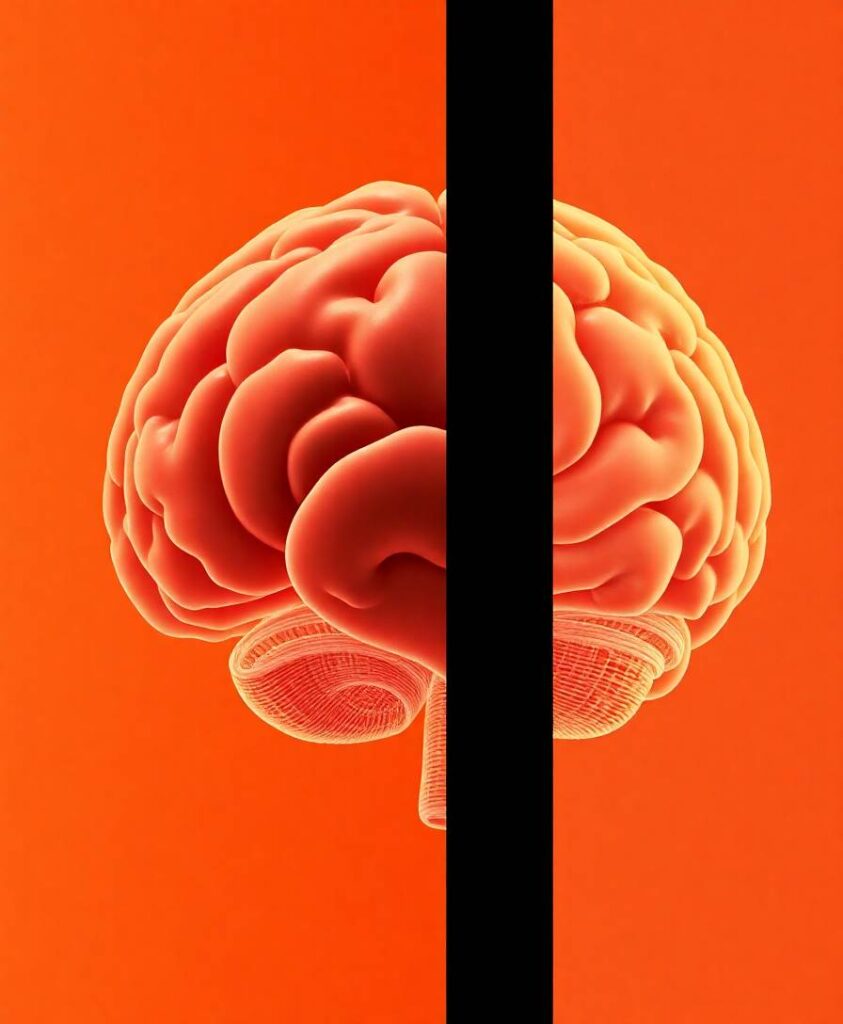Association of social integration with cognitive function trajectories among Chinese older adults: evidence from the China health and retirement longitudinal study (CHARLS)
BackgroundThe prevalence of cognitive impairment among older adults remains high. It has been proven that social integration is related to cognitive function. However, limited research has examined the association of social integration and its different dimensions with cognitive function trajectories of older adults.MethodsThe data were from the China Health and Retirement Longitudinal Study (CHARLS) spanning 2013 (T1) to 2018 (T3). A total of 3,977 older adults were included in the final analysis. Cognitive function was measured with items from an adapted Chinese version of the Mini-Mini-Mental Mental State Examination (MMSE), while the measurement of social integration included three dimensions: economic integration, relational integration and community integration. A group-based trajectory model (GBTM) was used to identify cognitive trajectory groups among participants and an unordered multinomial logistic regression was employed to explore the association of baseline social integration and its three dimensions with cognitive function trajectories.ResultThree cognitive function trajectory groups were identified: low-decline group (24.1%), medium-decline group (44.2%) and high-stable group (31.7%). Comparing to the medium-decline trajectory group, older adults with higher social integration scores were more likely to be in the high-stable trajectory group (OR = 1.087, 95%CI: 1.007 ~ 1.174), while less likely to be in the low-decline group (OR = 0.806, 95%CI: 0.736 ~ 0.882). Among the different dimensions of social integration, older adults with higher community integration scores were more likely to be in the high-stable trajectory group (OR = 1.222, 95%CI: 1.026 ~ 1.456); Older adults with higher relational integration scores were less likely to be in the low-decline trajectory group (OR = 0.816, 95%CI: 0.734 ~ 0.906). The economic integration was not found to correlate with the cognitive function trajectories. Stratified analyses revealed that the association between community integration and cognitive trajectories was only significant among older adults aged 60 to 69, and the association between relational integration and cognitive trajectories was only significant among older adults who was agricultural household registration.ConclusionThe developmental trajectories of cognitive function among Chinese older adults are heterogeneous. Social integration is significantly related to the trajectories of cognitive function in Chinese older adults. Measures should be taken to promote social integration of Chinese older adults to reduce the decline of cognitive function.
Farah is a Middle Eastern-Canadian sociologist from Ottawa, examining the role of social structures in fostering personal growth. Her passion is highlighting stories of human adaptability, and promoting inclusive group strategies for realizing untapped potential.



